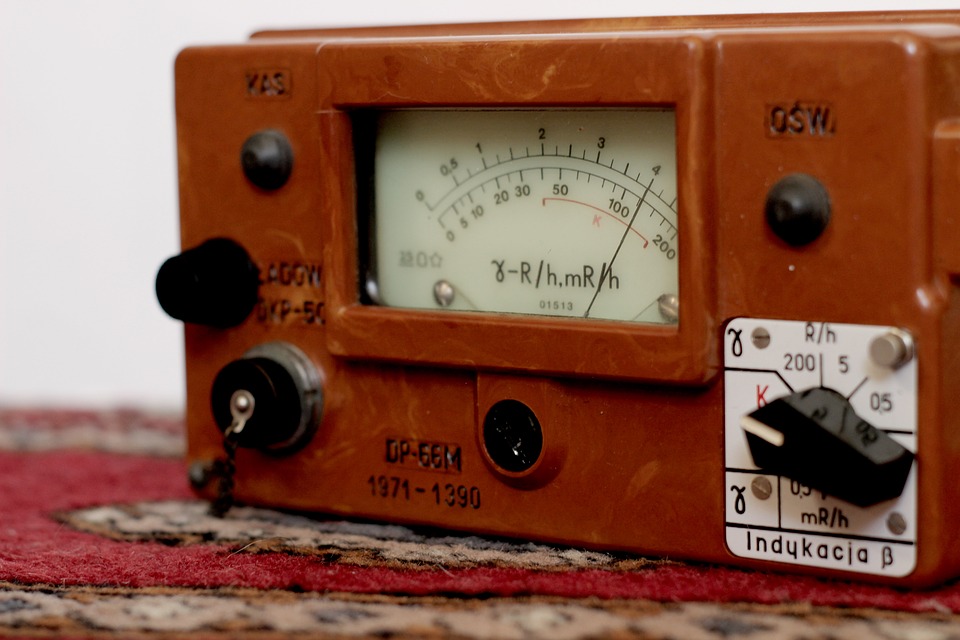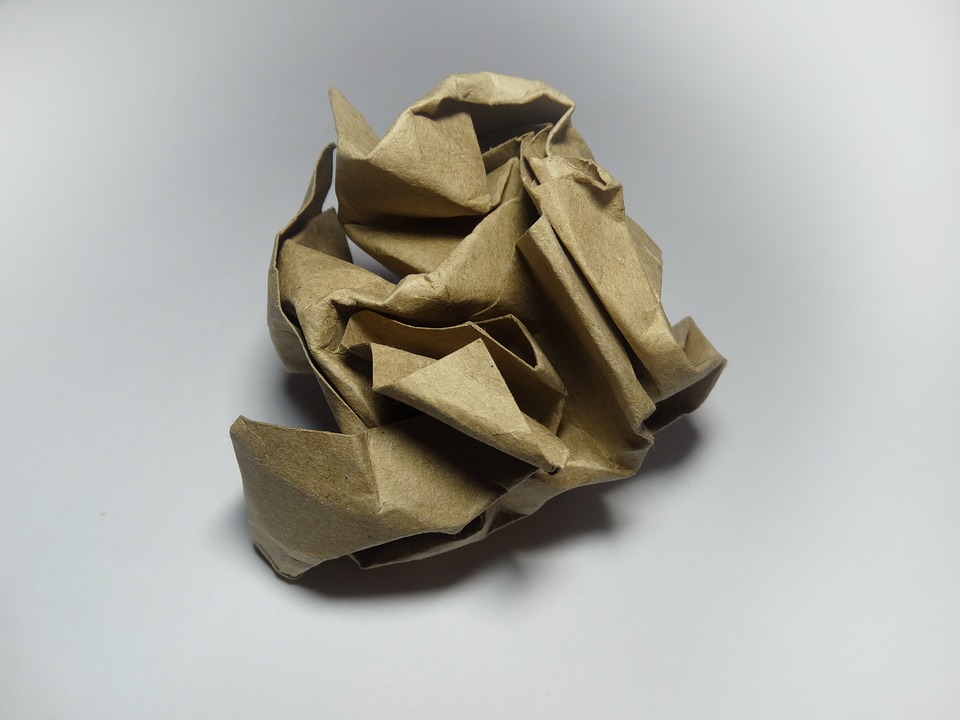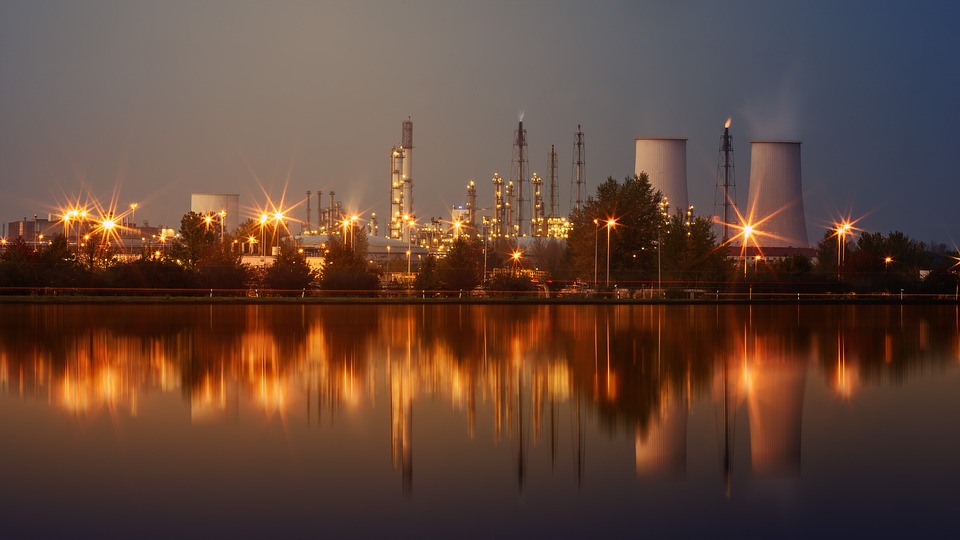In our daily life, we use various kinds of products and during that, we can’t miss the importance of plastics. Have you noticed how much we use plastic? Today we will read about what are the types of plastics? And basic properties.
I think you are reading this post on your Mobile, Right? No? Ok, then on Laptop? On Desktop? Or any screen or any other gadget? My mean … exactly!
From starting of our day in the early morning we must require a toothbrush, water bucket- tumbler, shampoo container, pen for writing, raincoats for wearing, chairs for sitting, lunch box, water bottle, parts of bike, Screwdriver or other tool’s handle and grips, car, truck, bike and bicycle parts etc. and various products are made of plastic.
You’re Mobile, your laptop, desktop, car’s dashboard and so on… I think this list has no end. Nowadays in various applications, timber or wooden and metallic parts has been replaced by Plastics. Such as we can see our furniture like your dining table, chairs were made of sheet metals or wooden pieces. But at this time these are made of plastic.
Hmmm…. As we can say that without plastic our life will not easy to get movement….
Page Contents
What are the Plastics?
What is plastic made of? The answer is …
Light and strong material are made by synthesization of chemicals and it is used to make many usable objects. Plastic is a polymer material which having easy mouldable properties. Generally, plastics are moulded by the application of heat and such an amount of pressure. Synthetic and semi-synthetic Plastics are used in various range of applications. Here we will discuss some examples of plastic as well.
Do you know? What is oxybenzylmethyleneglycolanhydryde ?
Ahhhh…. I know it is not easy to pronounce. But actually it is plastic or we can say it is term of plastic and its name is Bakelite.

Plastics come from where?
The word Plastic comes from the Greek word plasticos, which means that material able to mould and shape by application of heat and pressure. Plastic is organic material same as timbers and mineral oil derived from materials found in nature, such as petroleum oils, coal, minerals and plants. Rubber is also a plastic that is obtained by Rubber Tree (Euphorbiaceae). Most of the plastic we use in our daily life is made of petroleum oil or crude oil. It is obtained by Polymerisation and polycondensation of that crude oil. It starts with the distillation of crude oil in the Oil refinery. The refining process separates heavy crude oil into a lighter Hydro-Carbon chain. There are so many types of plastic materials and some of them, like Acrylic, Polystyrene, polycarbonate, polyurethane, PVC, Nylon etc. The most usable plastic in our daily life is Polyethylene (HDPE and LDPE) and then Polypropylene.
What are the Types of Plastics
Plastic does not all start out the same. Each one is distinct from the others and serves a distinct purpose. Like metals categories as ferrous and Non-ferrous. Plastic has also been classified into the following categories:
Natural Plastics
Natural plastics are achieved directly from nature and they can be easily moulded or shaped by the application of heat. The most effective example of natural plastic is Shellac which is discharged by a female bug named Lac which is found in Indian and Thai forests. Shellac is classified as thermoplastic. Because it is moulded by heat and pressure. Shellac was used as a protective coating, jewellery (Bangles), small artificial gallery items etc. And another example of natural plastic is Amber found off tree resins. It is also used in jewellery as gemstones. Bee wax is also considered natural plastic. Honeybees produce wax in the honeycomb. This wax also can be moulded by heat and pressure.
Proteins, cellulose, starches, enzymes are also polymers, that found in animals and plants. Which are important for our environmental and biological processes.

Semi-Synthetic Plastics
These plastics are made from modification of natural plastics by mixing other materials. For example is Cellulose acetate, where cellulose is natural plastic that is treated with other chemicals.
Synthetic Plastics
In modern days, wide plastic which is used by us in our daily life is Synthetic plastic. These types of plastics are materials that are secured from synthesizing or breaking down carbon-based materials such as crude oil, petroleum gas and coal so their atomic structure changes. Silicon is also plastic which is derived from sand. PET (Polyethylene Terephthalate also known as Polyester), HDPE (High-Density Polyethylene), LDPE (Low-Density Polyethylene), PVC (Polyvinyl chloride) and PP (Polypropylene) are the most useful types of synthetic plastics.
Semi-synthetic and synthetic plastics are further divided into two categories which are based on the reaction of plastic after heating, i.e., thermoplastics and thermosetting plastics.
Thermoplastics
We can heat and cool it several times without changing its chemical properties. Once this plastic has been heated and moulded in a product, after then also possible to change shape by application of heat with ease. For example, Polypropylene, Nylon etc.
Thermosetting Plastics
These are plastics which once shaped or moulded by the application of heat, after that not possible to change that shape by heat or pressure reapplication. They are permanently shaped all at once because the curing process creates an irreversible bond. Thermosets is an alternative name for thermosetting plastics. Bakelite, Polyurethane, polyester resins, and Formica are the most common examples of thermosets. The most advantage of thermoset plastic is, they do not lose shape or deforms in extreme heat or cold situations. We can see that in our kitchen, the Handle of the Pressure cooker is also made of thermoset as Bakelite, and some platform tops are made of Formica.
Also Read:
- What is Lean Manufacturing?
- Which metal is been used to make Cybertruck’s robust skin?
- Injection Molding Machine: Working and Applications.
Properties of the Types of Plastics
Following are the basic properties of all the types of plastics –
- Strength
- Durability
- Whether resistance
- Dimensional Stability
- Thermal Stability
- Chemical Stability
- Moisture resistance
- Miscellaneous such as Opacity, transparency, Light in weight, easy availability, mouldability etc.

